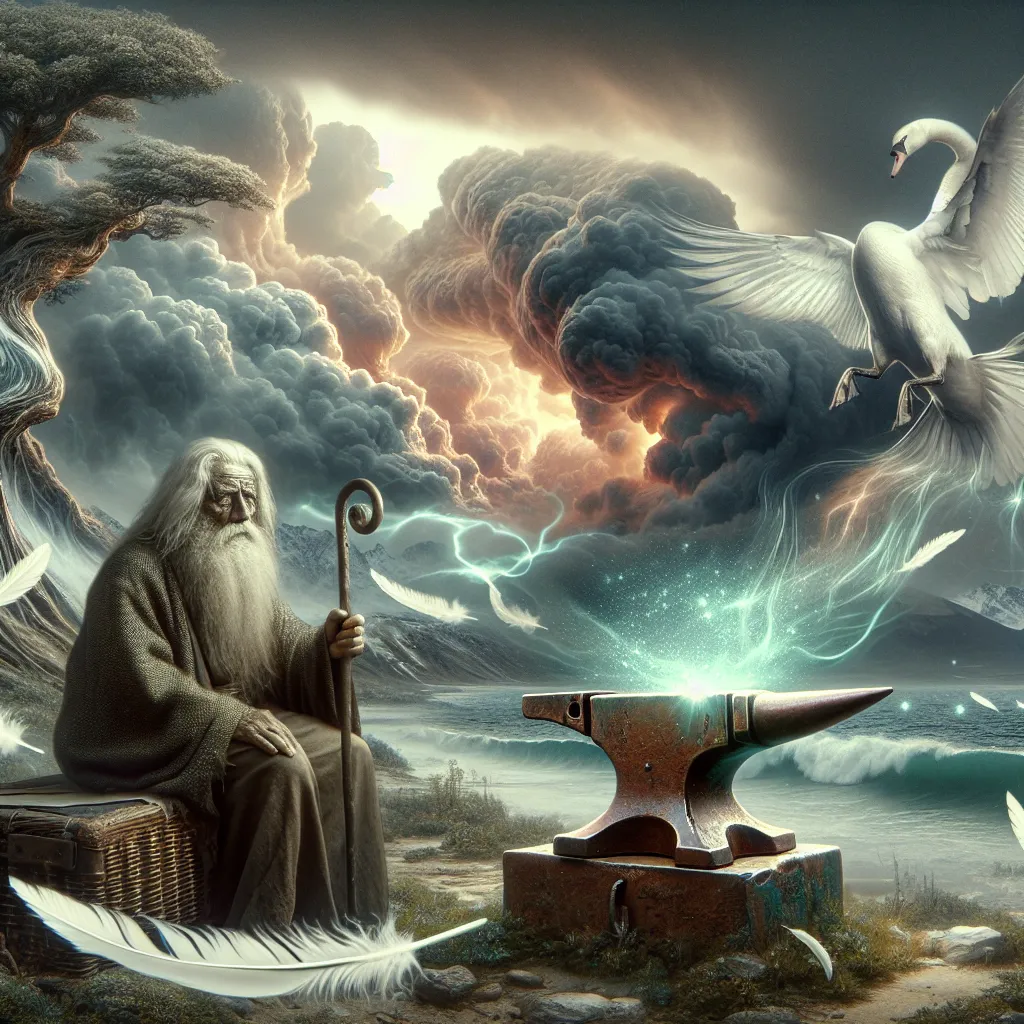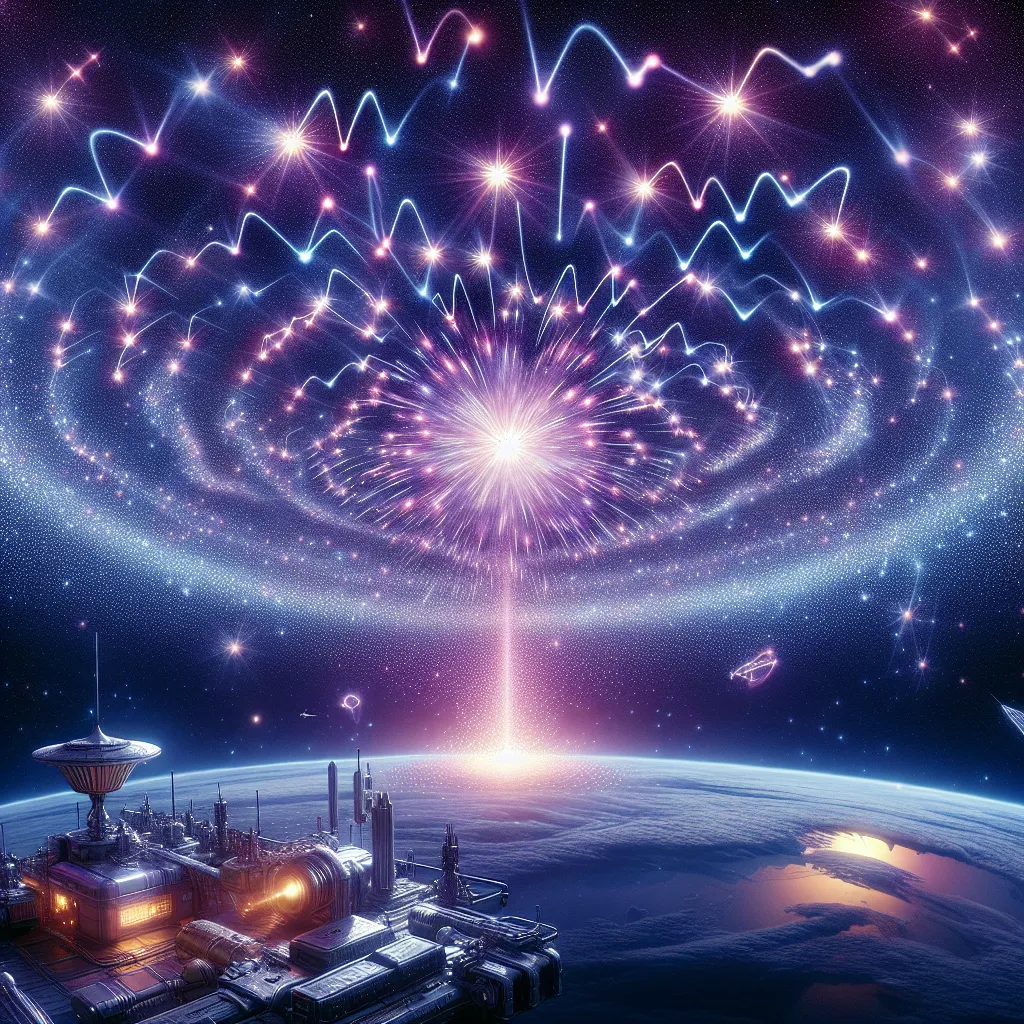Have you ever had a close call with death and felt like something or someone was looking out for you? Maybe you’re grateful to still be alive, but what if I told you that you might have actually died that day? It sounds wild, but some physicists believe you could be living in an alternate reality where you survived. This idea is a fascinating part of quantum physics, specifically the “many-worlds interpretation.”
Now, quantum mechanics is a tricky thing. It tells us that particles aren’t just particles; they’re waves of probabilities. Among the interpretations of how these waves behave, the more conventional one is the “Copenhagen interpretation.” It suggests that these probability waves collapse into particles once observed. Interestingly, this doesn’t need a conscious observer; just a measurement will do.
But there’s another interpretation capturing interest called the “many-worlds interpretation.” This one insists that the wavefunction never collapses. Instead, our reality is just one of countless parallel worlds where every possible outcome actually happens. So, when you almost died, you possibly did in another reality. Your consciousness, however, continued in this reality because you survived here.
Imagine this: Every brush with death means another reality where you didn’t make it, but you’re not aware of it because you’re only conscious in the reality where you’re alive. Talk about mind-blowing!
This theory, advanced by Hugh Everett in 1957, even touches on the idea of “quantum immortality.” Here, whenever there’s a potential for you to die, there will always be some universe where you keep on living. This doesn’t mean eternal life without consequences. There are still scientific limits like the laws of physics and biology. Falling from a 40-story building? No chance. Living to 150 years? Scientifically improbable.
And, of course, not every physicist buys into the many-worlds interpretation. Quantum events have to follow conservation laws; you can’t just cheat death whenever you want.
But let’s imagine for a moment that the theory is spot-on. This means that in another universe, your lost loved ones are alive and well, just as you are in theirs. It doesn’t remove the pain of loss in our reality but offers an intriguing comfort that somewhere, somehow, they continue to exist.
Quantum physics surely opens our minds to new possibilities, whether it be alternate realities, immortal consciousness, or just a different perspective on life and death. There’s still much to learn and understand, but it’s incredible to think that every decision, every close call, spins off another world of possibilities. Who knows what the future of quantum discoveries will bring?






